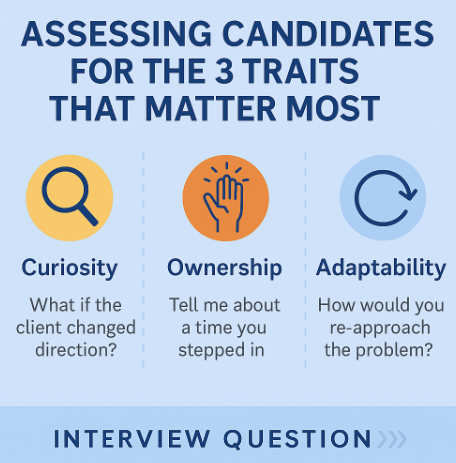Tech Debt Isn’t a Bill — It’s a Ballooning Mortgage

When you’re running a business, not every decision gets made with a long-term view. That’s reality. But in software development, those shortcuts—like skipping tests, delaying updates, or choosing speed over structure—don’t just fade into the background. They accrue interest. And that interest? It compounds fast.
Welcome to the world of technical debt.
What Is Tech Debt, Really?
Tech debt is the cost of rework caused by choosing an easier or faster solution now instead of a better one. It’s like paying only the minimum on a credit card—sure, you move forward, but eventually, the cost balloons and takes over your budget.
Unlike a literal bill, tech debt isn’t due on the 15th of the month. But it will come due. And when it does, it looks like:
- Projects that take twice as long as they should
- New features breaking old ones
- Developers afraid to touch parts of the codebase
- Frustrated clients, burned-out teams
Why Most Leaders Miss It
Tech debt doesn’t show up on a balance sheet, but it eats into productivity, morale, and margin. It’s not just a dev problem—it’s a business problem.
Leaders often miss it because the app still works… until it doesn’t. Or worse, until you need to scale, hire new developers, or pivot quickly. Suddenly, that “quick fix” from two years ago is a thousand-line bottleneck.
The Mortgage Metaphor
Think of tech debt like a mortgage you took out on your future agility. The more you defer principal (cleanup, refactoring, documentation), the more interest you’ll pay in every future sprint.
Just like a real mortgage, you need a plan to pay it down:
5 Ways to Tackle Tech Debt
- Make It Visible
Track it in your backlog. Call it out in retros. If you can’t see it, you won’t manage it. - Budget Time for Cleanup
Allocate part of each sprint to refactoring and technical improvements—don’t wait for a fire. - Use AI to Speed Up the Cleanup
Our team at Intertech uses AI tools during audits to highlight redundant logic, dead code, and testing gaps quickly—think of it as your automated inspector. - Prioritize High-Impact Areas
Not all debt is equal. Focus on the parts of your system most affected by change, growth, or churn. - Don’t Blame—Refactor
Teams don’t accrue debt because they’re careless. They do it because they’re human. Fix it forward.
Why This Matters to Clients
Clients don’t want apps—they want outcomes. Tech debt stands in the way of performance, flexibility, and innovation. At Intertech, we build software that lasts because we plan for maintainability from day one. No balloon payments. No surprises.
Final Thought
If you’re a business leader or product owner, ask yourself:
Are we moving fast… or are we borrowing from the future?
Let’s talk if you’re unsure. A quick audit today could save you months down the road.



